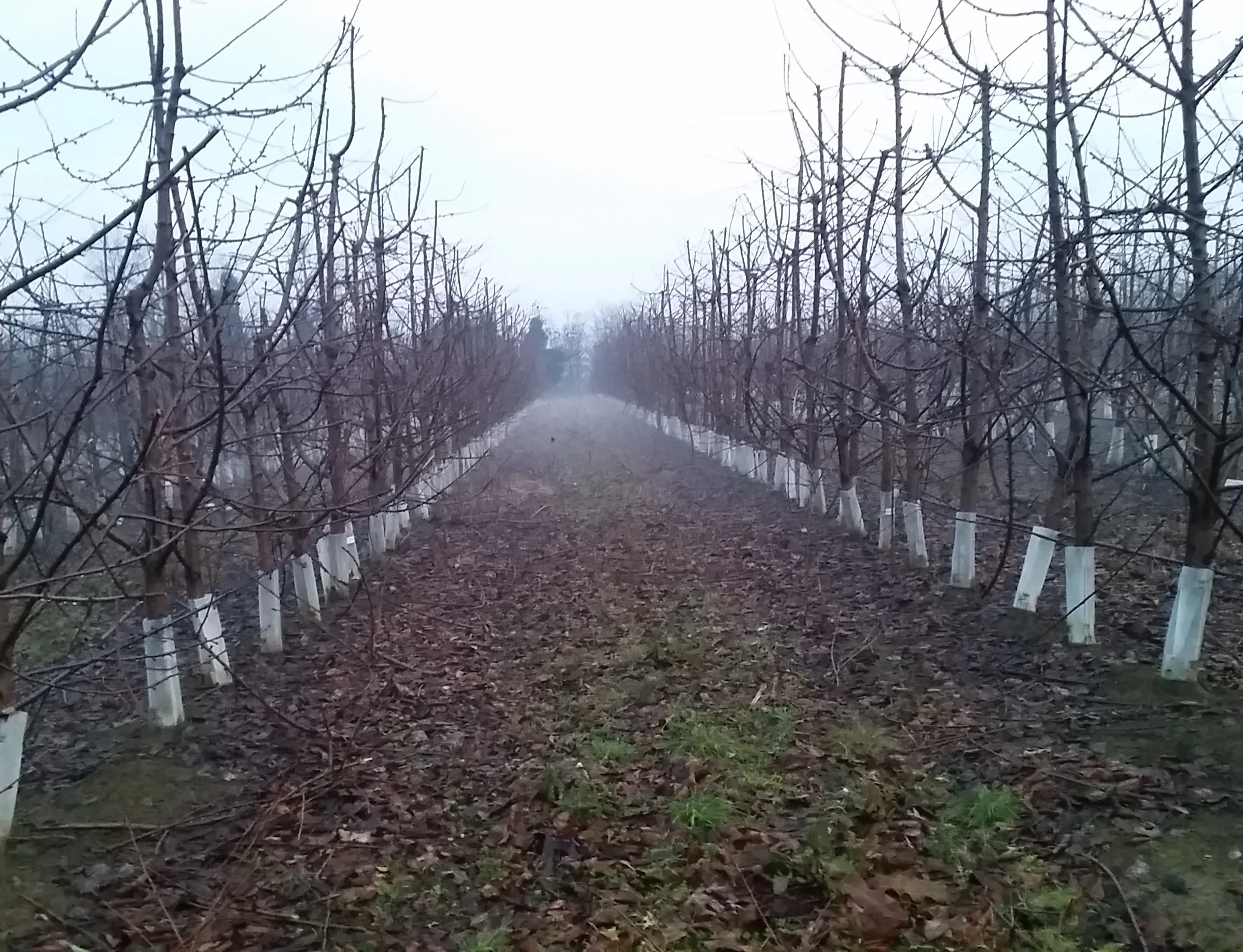American cherry growers, particularly in Washington State and Oregon, have been fighting a real epidemic, X-Disease, for some years now. This is an already known problem that had already caused substantial losses during the last century.
Since 2016, X-Disease has resurfaced strongly. According to the latest estimates, in seven years, the X-Desease has led to the explantation of about 400 ha of cherry orchards, at an estimated cost to producers of USD 115 million. It should be noted that the Northwest Pacific Coast area of the US, which includes Oregon, Washington and Idaho, produces 84% of the US sweet cherries.
On 17 January, the 'Stone Fruit Day', organised by Washington State University, was held at the Wenatchee Convention Center (Washington State) and, of course, the topic of X-Disease, a threat that is causing sleepless nights for American cherry growers, could not be ignored.
X-Disease is caused by Candidatus phytoplasma pruni, a phytoplasma. The disease is spread by insect vectors, in this case grasshoppers. In particular, it was explained during the online event, there are two main vectors in Washinton State, Colladonus montanus reductus and Colladonus geminatus.
The list of possible vectors can be found on the WSU website (link: http://treefruit.wsu.edu/vector-gallery/). Cherry plants, once infected, produces small, distorted, basically tasteless cherries: a product that cannot be marketed. The progression of the disease then leads the plant to death.
Researchers study methods to control X-Disease
Since 2016, the resurgence of the disease has prompted American research to take action to try to provide farmers with solutions. Research has shown that Colladonus montanus reductus, the main spreader in the infected area makes three generations per season, with the two main ones occurring after harvest.
In addition to phytosanitary treatments (cherry growers treat between 12 and 16 times in the post-harvest period), Kaolin and covering the inter-row with Extenday covers throughout the season, as vector control strategies, were evaluated in order to cover the weeds, which are very important for the insect's life cycle.
As for Kaolin, it was used as a repellent to be applied at the most risky times of the season. "Let's say that the Kaolin practically masks the tree, it turns it white. The insect can no longer identify the tree or it doesn't like to walk on it, the good news is that working after the harvest you don't have to worry about residue or washing the fruit," said Adrian Marshall, researcher at USDA-ARS Wapato, presenting the results of the trials.
Both the Extenday soil cover and the Kaolin soil cover have shown some effectiveness. The Kaolin reduces the presence of Colladonus montanus reductus while the ground cover immediately eliminates it.
We can say," continued Adrian Marshal, "that the Extenday covers have 90% effectiveness in reducing the presence of the insect, the Kaolin 50% but it should be pointed out that we tested the Kaolin at different heights and most of our captures were on the ground, not on the tree.
The researchers then wanted to test the role of shoots in the transmission of X-Disease to the root system: 'They are vascular connections to the tree and so it was natural to think that they play a role. If the tree is infected, the sucker that sprouts is probably infected as well.
What we did not expect was that these root suckers would sprout so early in the season and the growth is really very rapid, close to the roots, where the phytoplasma overwinters. The suckers thus become a source of inoculum'. The researchers conducted trials in 2021, 2022 and 2023 in 12 commercial cerasites: removing shoots early prevents Colladonus montanus reductus from becoming infected and reduces the source of inoculum.
Controlling weeds preferred by the vector is a strategy
Finally, the plants and weeds on which Colladonus montanus reductus feeds were investigated by means of DNA analysis, and the key species were identified: dandelion, common mock privet, correngiola, plantain, mallow and stellaria media. It was then tested whether managing the turf and thus replacing the weeds with a mix of other grasses could reduce the number of insects present.
The trials, which were, however, only carried out in 2023 and were therefore preliminary, showed that it was possible to reduce the presence of Colladonus montanus reductus by 50%. Also in 2023, the researchers tried using herbicides to control weeds that are liked by the insect. Again, there was a 50% reduction in the presence of Colladonus montanus reductus.
Source: Scott J. Harper, Tobin D. Northfield, Louis R. Nottingham, S. Tianna DuPont, Ashley A. Thompson, Bernardita V. Sallato, Corina F. Serban, Madalyn K. Shires, Alice A. Wright, Katlyn A. Catron, Adrian T. Marshall, Cody Molnar, and W. Rodney Cooper, Recovery Plan for X-Disease in Stone Fruit Caused by ‘Candidatus Phytoplasma pruni’, Plant Health Progress 2023 24:2, 258-295.
Barbara Righini
Cherry Times - Tutti i diritti riservati










